Finland
🇫🇮
Finland — a land of quiet forests, shimmering lakes, and the magic of the Northern Lights.
Visa Requirements
Finland is a member of the Schengen Area, which means it follows the common Schengen visa policy. Citizens of EU/EEA countries and Switzerland can enter Finland without a visa for any length of stay. For non-EU/EEA nationals, visa requirements depend on the traveler’s nationality.
Types of Visas
Schengen Visa (Type C): Allows stays up to 90 days within a 180-day period for tourism, business, or family visits. This visa is valid for all 29 Schengen countries, including Finland.
National Visa (Type D): Issued for longer stays, such as for study, work, or family reunification. This is typically followed by a residence permit.
Visa-free entry: Citizens of many countries (See details below) can enter Finland visa-free for up to 90 days.
Residence Permits: Required for any stay longer than 90 days, or for work and study. These must usually be applied for before arrival via the Finnish Immigration Service (Migri).
Visa Exempt Countries
Citizens of the following nations are exempt from the requirement to be in possession of a visa when crossing the external borders of the member states for stays of no more than 90 days in any 180-day period:
- Albania, Andorra, Antigua and Barbuda, Argentina, Australia, Bosnia and Herzegovina, Barbados, Brunei, Brazil, Bahamas, Canada, Chile, Colombia, Costa Rica, Dominica, El Salvador, Grenada, Georgia, Guatemala, Honduras, Holy See, Israel, Japan, Kiribati, Malaysia, Marshall Islands, Mauritius, Mexico, Micronesia, Moldova, Monaco, Montenegro, Nauru, New Zealand, Nicaragua, North Macedonia, Palau, Panama, Paraguay, Peru, Saint Kitts and Nevis, Saint Vincent and the Grenadines, Samoa, San Marino, Serbia, Seychelles, Singapore, Solomon Islands, South Korea, Saint Lucia, Timor-Leste, Tonga, Trinidad and Tobago, Tuvalu, Ukraine, United Arab Emirates, United States, Uruguay, Vanuatu, Venezuela
Hong Kong SAR and Macao SAR
- British Overseas Territories
- Taiwan
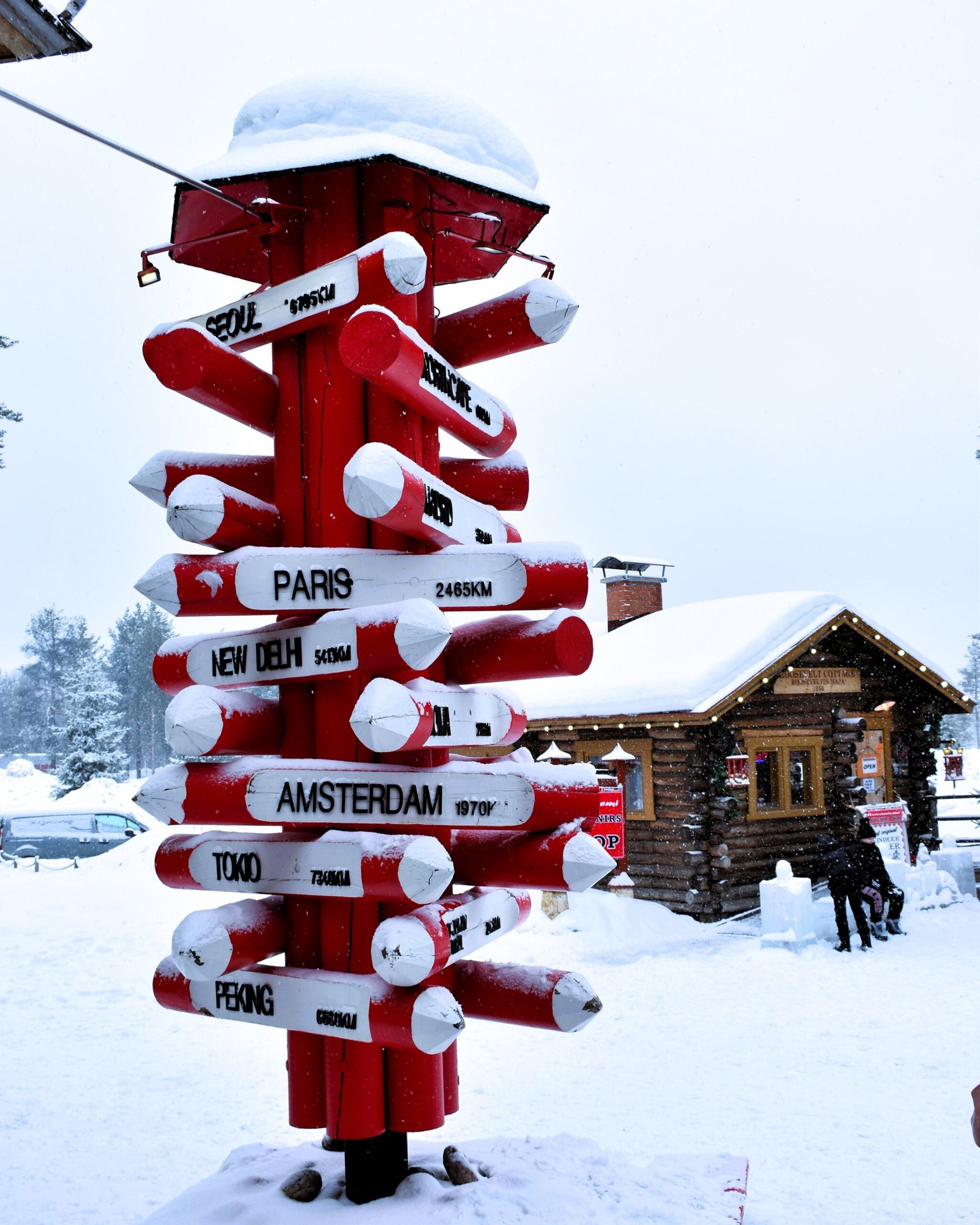
— Rovaniemi, Finland. (Photo by Vivek Muralidharan)
Visa facility
If you need a visa to visit Finland, please apply through
The nearest Finnish Embassy or Consulate, or
A Visa Application Centre like VFS Global designated to handle Finnish applications in your country
Entry and Validity
Schengen visas may be issued for one, two or multiple entries, with a validity period up to five years.
Recent Changes
For the most accurate and up-to-date information, we recommend visiting the official Finnish Ministry for Foreign Affairs site um.fi and the EU visa policy – Consilium
How to get there?
Air Travel
Finland is well-connected to the world by air, with regular international flights arriving from Europe, Asia, and North America. Finnair, the national carrier, offers direct flights to major global cities including New York, Tokyo, Bangkok, Singapore, Delhi, London, and Doha. In addition to Finnair, leading international airlines such as Lufthansa, Qatar Airways, Turkish Airlines, KLM, and Air France operate frequent services to Finland.
Domestic air travel within Finland is smooth and efficient, with Finnair operating services between key cities such as Helsinki, Rovaniemi, Oulu and Kittilä. These connections are particularly useful for travelers heading to the Lapland region.

(Photo by at Wolfgang Weiser)
The country’s major international gateways include:
Helsinki-Vantaa Airport (HEL) – Finland’s primary international hub and a key connector between Europe and Asia
Rovaniemi Airport (RVN) – Gateway to Lapland and the “official” home of Santa Claus
Tampere-Pirkkala Airport (TMP) – A growing regional hub in southern Finland
Oulu Airport (OUL) – Serving northern Finland and the Arctic Circle region
Turku Airport (TKU) – Convenient access to Finland’s southwestern coast and archipelago

Cruise & Ferry Connections
Helsinki is also a popular stop on Baltic Sea cruise routes, welcoming ships from around the world. Major cruise lines such as Royal Caribbean, MSC Cruises, Viking Line, and Tallink Silja Line include Helsinki on their itineraries.
Daily ferry services operate between Helsinki and neighboring capitals like:
- Stockholm, Sweden (overnight ferries by Viking Line and Tallink Silja)
- Tallinn, Estonia (frequent short crossings throughout the day offered by Tallink Silja, Eckerö Line, and Viking Line)
- St. Petersburg, Russia (seasonal and visa-free cruise options available; currently services are suspended)
These sea connections offer a scenic and relaxed alternative to flying, perfect for travelers exploring the Nordic and Baltic region.

Public Transport
Getting around Finland is smooth, safe, and convenient with excellent public transportation options:
Trains – Comfortable, fast, and scenic; run by VR, they connect major cities and Lapland destinations.
The Santa Claus Express is an overnight double-decker sleeper train operated by VR, connecting Helsinki to Rovaniemi and beyond, offering a magical and comfortable way to reach the heart of Finnish Lapland.
City buses – Operated by regional transport authorities like HSL in Helsinki, Nysse in Tampere, Föli in Turku, and Oulun joukkoliikenne in Oulu. City buses in Finland are clean, reliable, and equipped with free Wi-Fi; tickets can be conveniently purchased via mobile apps or travel cards. Contactless “tap and go” payments are now available in most city buses.
Trams – A charming way to explore cities like Helsinki, Tampere, and Turku.
Metro – The Helsinki Metro, operated by HSL, is the world’s northernmost metro system, efficiently connecting districts in the Helsinki metropolitan area in southern Finland with fast and frequent services.
All city public transport systems—buses, trams, metro, and local trains—are well-integrated, and the same ticket can typically be used across modes within the same region.App-based taxis – In Finland, several taxi apps are available, offering convenient ways to book rides. Key options include Uber, Bolt, 02 Taksi, Taksi Helsinki, Menevä, Yango, and others, providing options for fixed prices, pre-booking, and various payment methods.
Ferries – Essential for island-hopping, several operators provide domestic routes, especially within the Finnish archipelago and to the autonomous Åland Islands. Finferries is one of the main operators, running both cable ferries and larger vessels across hundreds of routes.

Intercity buses – Matkahuolto, OnniBus, ExpressBus, and FlixBus are major intercity bus operators in Finland, offering affordable and reliable connections across the country, with some routes extending to neighboring countries.
Bikes and e-scooters – Widely available in Finnish cities during the warmer months (typically May to October), bikes and e-scooters are a fun, eco-friendly way to explore urban areas. Cities like Helsinki, Tampere, and Turku feature extensive networks of dedicated bike lanes and scenic cycling paths.
Payments
💶 Cash – Still accepted across Finland, especially in rural areas, but less common in cities where digital payments dominate.
💳 Debit/Credit Cards – The most widely used payment method; Visa and Mastercard are accepted almost everywhere, including shops, hotels, restaurants, and public transport. American Express and Diners Club are also accepted at select locations.
📱 Mobile Payments – Extremely popular in Finland. Locals often use apps like MobilePay, Apple Pay, and Google Pay for quick, contactless transactions.
🏦 Bank Transfers – Common for larger transactions or bookings, especially with Finnish online stores and service providers.
💡 Tip: Carrying a contactless card or mobile wallet is highly recommended, as many places in Finland are now cashless by default, particularly in Helsinki and other major cities.

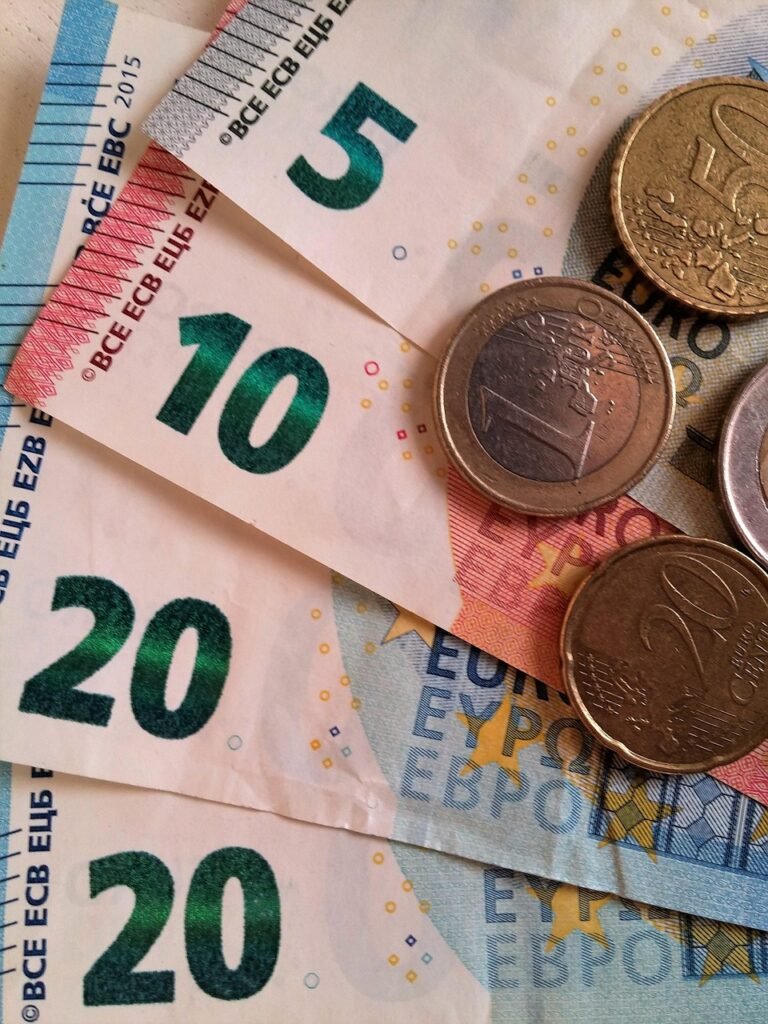
(Photo by Peter-facebook)
Currency
Since January 1, 2002, Finland’s official currency is the Euro (EUR), symbolized as €. One Euro is subdivided into 100 cents. Banknotes are available in denominations of €5, €10, €20, €50, €100, €200, and €500, while coins come in 1, 2, 5, 10, 20, and 50 cents, as well as €1 and €2.
Note: Although €200 and €500 notes are legal tenders they are rarely used in everyday transactions and may not be accepted by some shops or ATMs.
Currency Converter
Budget
Finland is a high-quality travel destination with options to suit different budgets. On average:
- 🧳 Budget travelers can expect to spend around $70–$100 USD/day, covering hostel stays, public transport, and simple meals.
- 🏨 Mid-range travelers typically spend $120–$200 USD/day, including comfortable hotels, restaurant dining, and occasional activities or excursions.
- 💎 Luxury travelers may spend $250 USD/day or more, enjoying boutique accommodations, fine dining, and private tours or experiences.
While Finland is more expensive than many destinations, its efficiency, safety, and stunning natural beauty offer excellent value for money.

Appliances
Finland primarily uses Type C and Type F electrical sockets.
Appliances operate on a standard voltage of 230V with a frequency of 50Hz, compatible with most European devices.
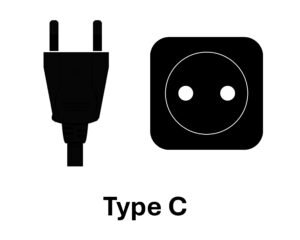
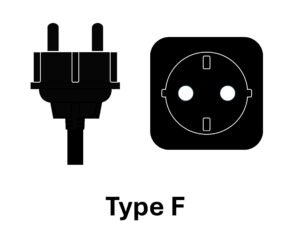
When to visit?

Weather
Finland experiences a cold temperate climate characterized by four distinct seasons:
- Winter (December to February): Winters are long, cold, and snowy, especially in the northern Lapland region where temperatures can drop below -30°C (-22°F). Southern Finland experiences milder winters with frequent snowfall.
- Spring (March to May): Spring is a transitional season with gradually warming temperatures and melting snow. Days get longer, and nature begins to bloom, especially in May.
- Summer (June to August): Summers are relatively short but can be pleasantly warm, with temperatures typically ranging between 15°C and 25°C (59°F to 77°F). The northern parts enjoy the famous Midnight Sun, where daylight lasts almost 24 hours.
- Autumn (September to November): Autumn brings cooling temperatures and vibrant fall foliage, especially in September and October. This season is often crisp and clear, leading into the onset of winter.
Travelers should prepare for varying conditions depending on the season and region, from snowy winters to mild summers.
Best Time to Visit
Finland is a fantastic destination to visit year-round. Each season brings unique experiences—from the vibrant Vappu spring celebrations to the endless daylight of the Midnight Sun in summer and the colorful autumn foliage.
- Winter (December to February): Ideal for enjoying snow activities like skiing, snowmobiling, and ice fishing, especially in Lapland, alongside cozying up in traditional Finnish saunas. Winter offers magical snowy landscapes and prime opportunities for winter sports and Aurora viewing.
- Spring (March to May): A time of renewal, with melting snow, blooming nature, and lively city festivals such as Vappu on May 1st.
- Summer (June to August): Perfect for hiking, lake swimming, and experiencing the Midnight Sun, when northern Finland enjoys nearly 24 hours of daylight.
- Autumn (September to November): Offers crisp air and spectacular fall colors, great for nature walks and berry picking.
For travelers wanting to avoid crowds, the shoulder seasons of spring (April-May) and autumn (September-October) are excellent choices, with mild weather and fewer tourists. While winter is fantastic for snow lovers and Aurora watchers, it’s best to combine Aurora hunting with other activities, as sightings can never be guaranteed.

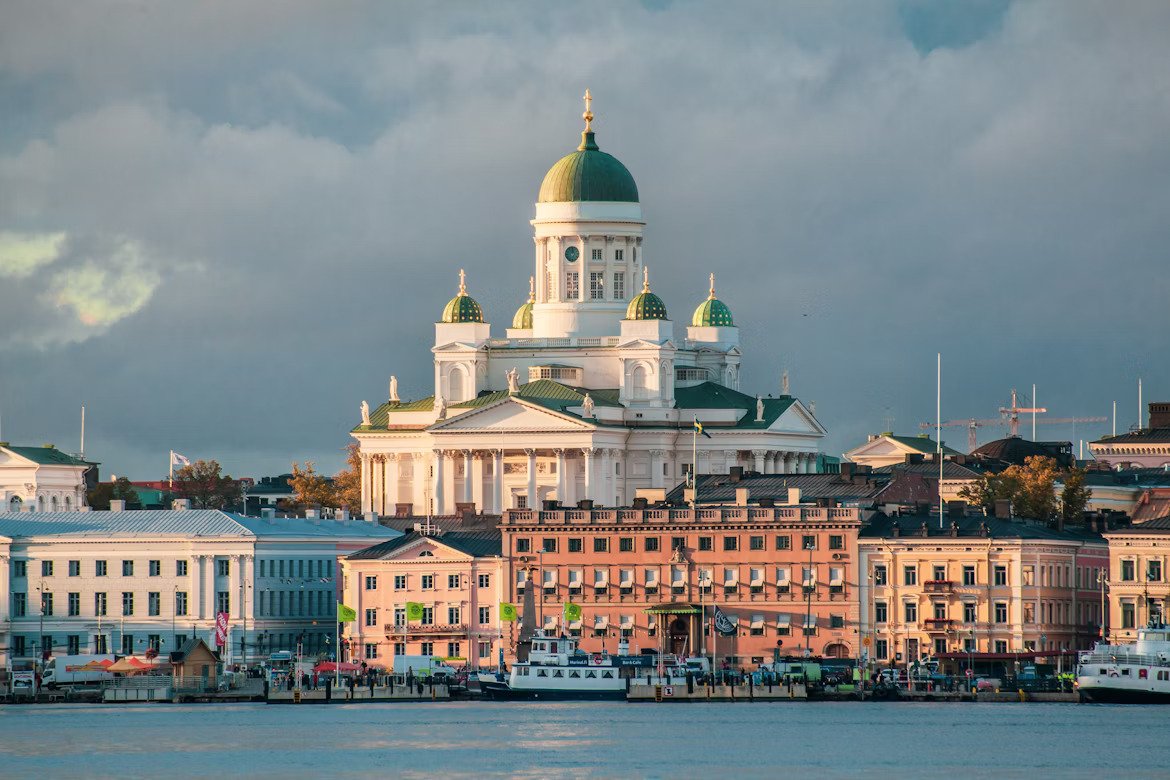
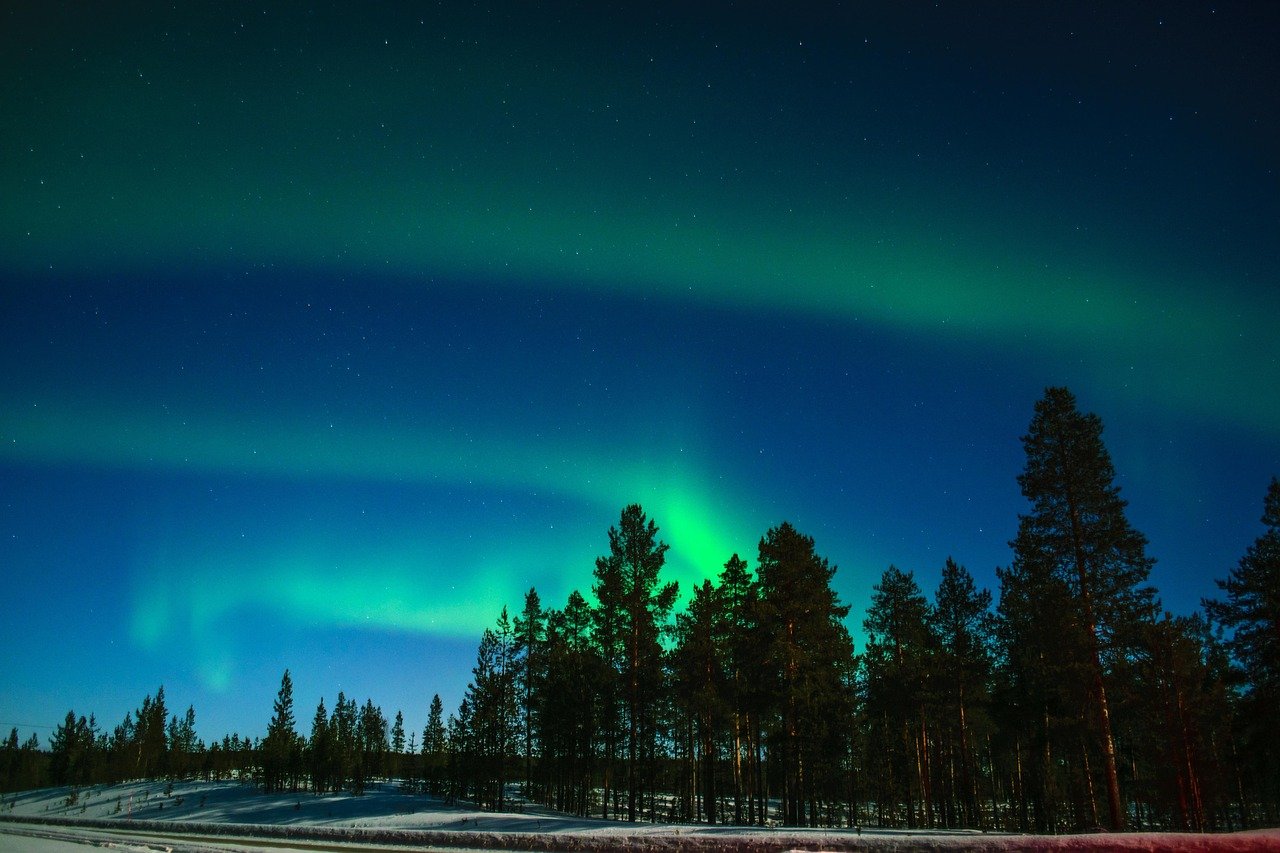
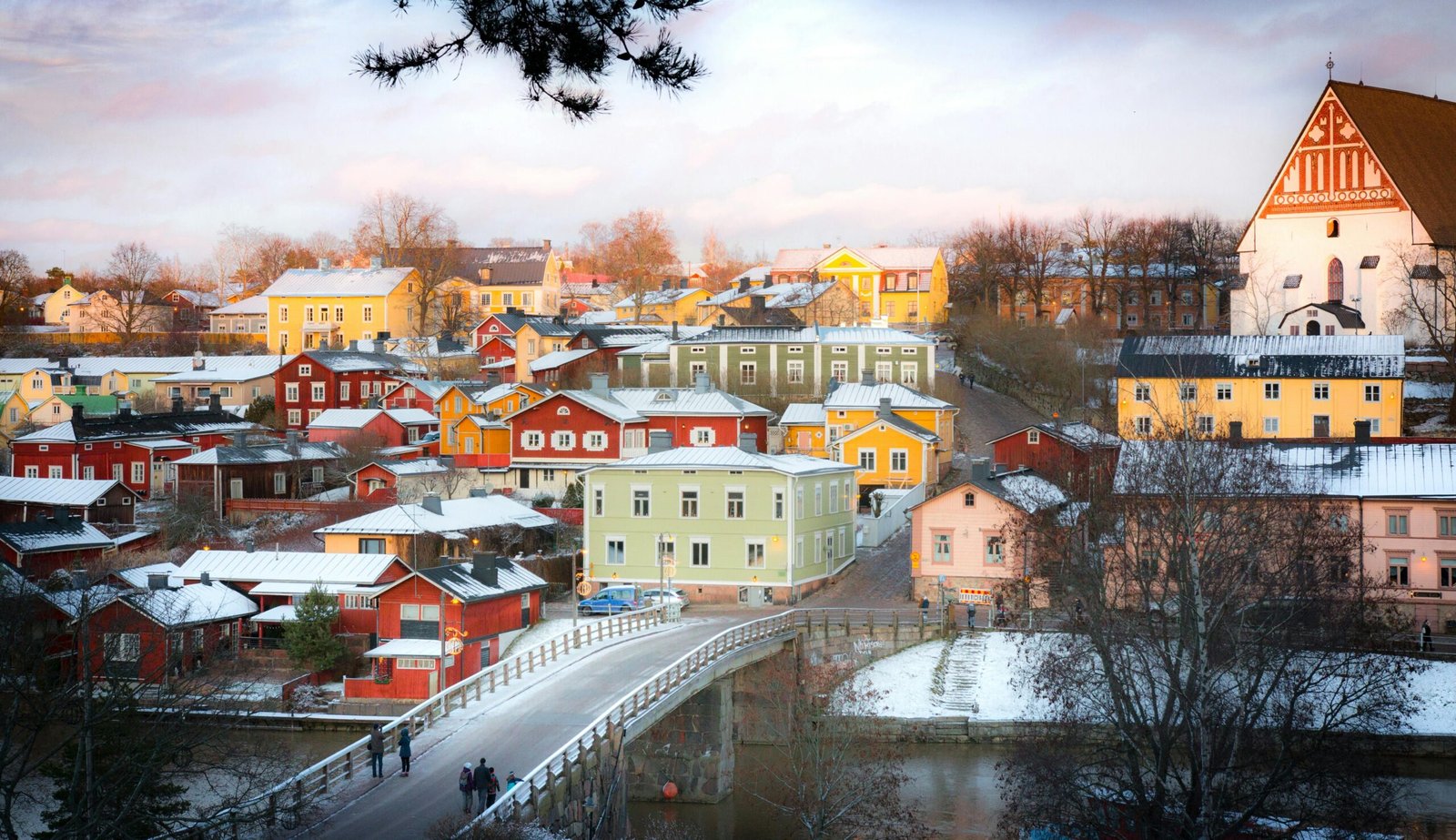
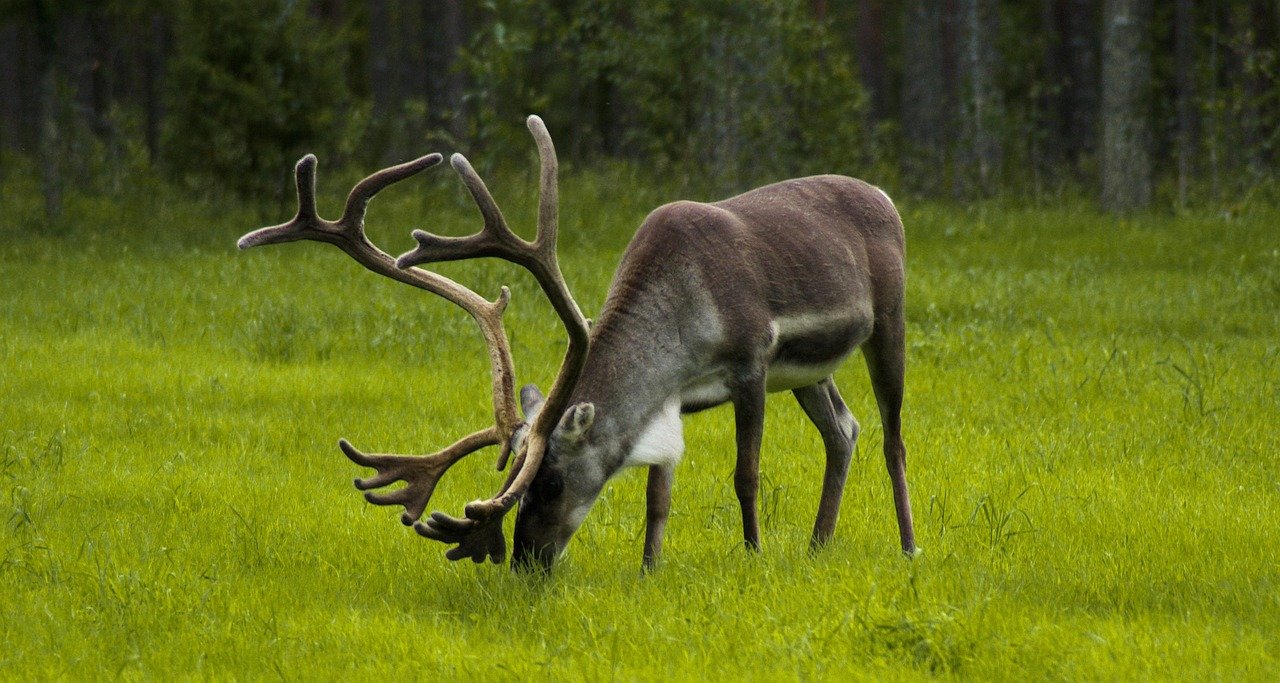
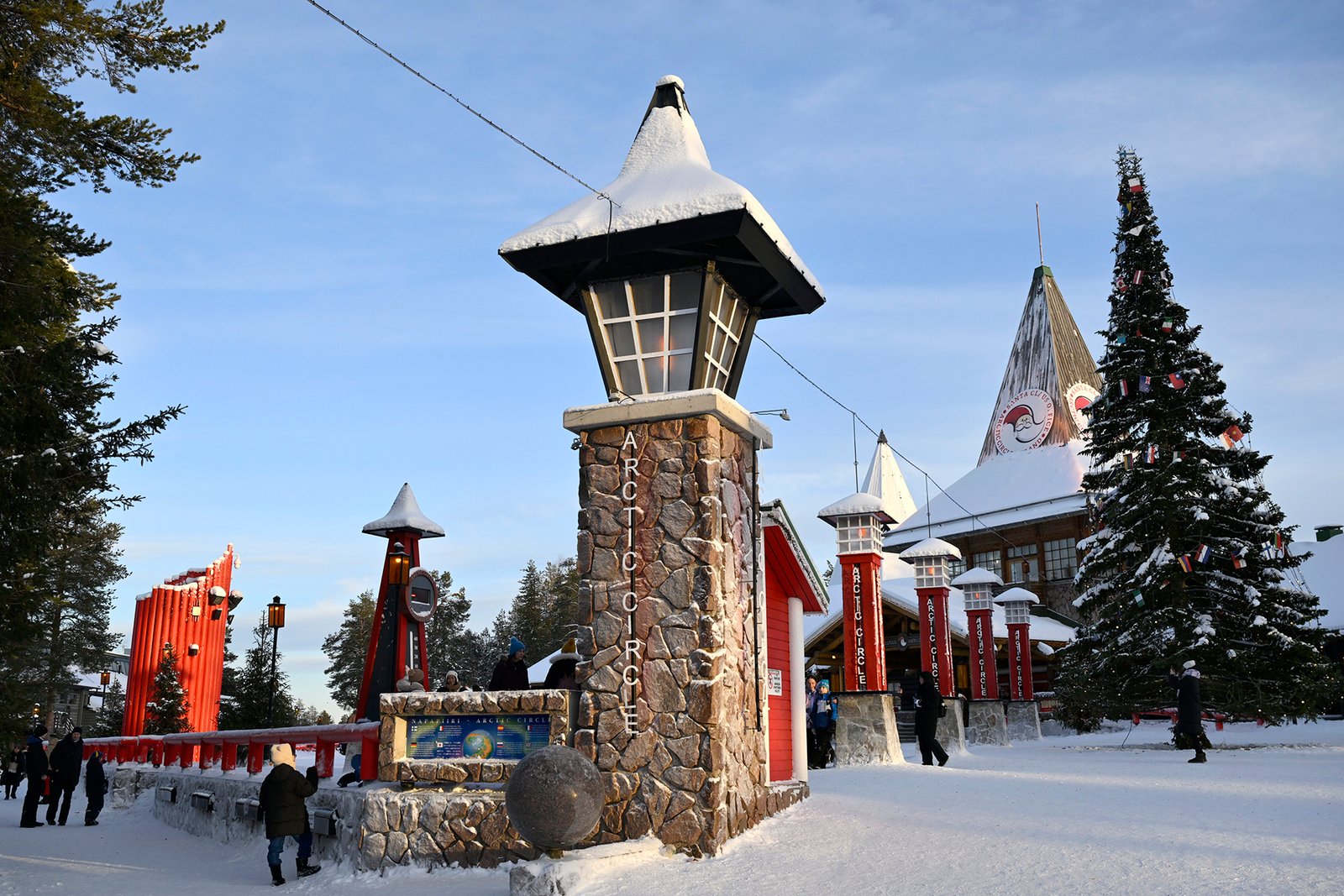
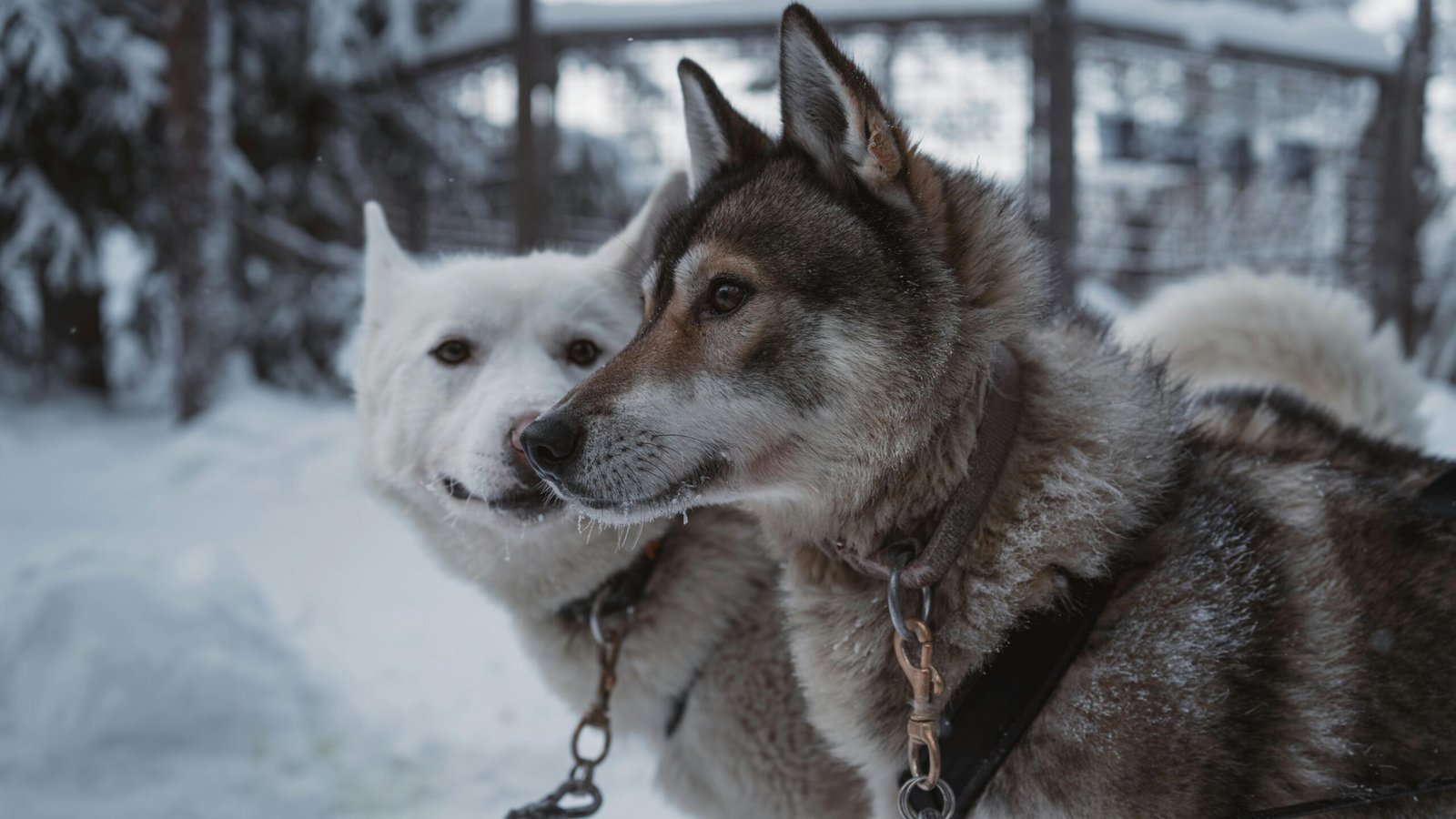
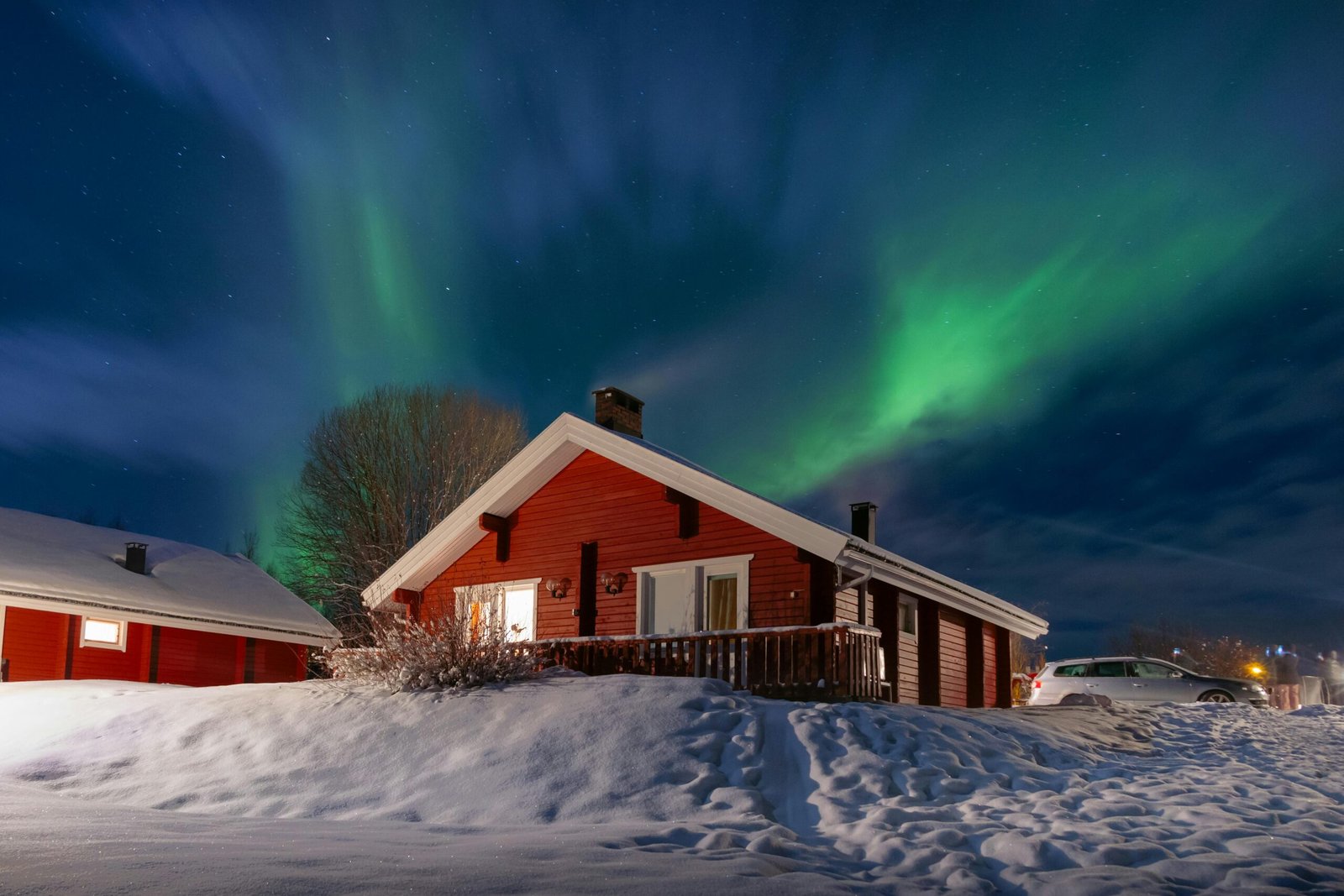
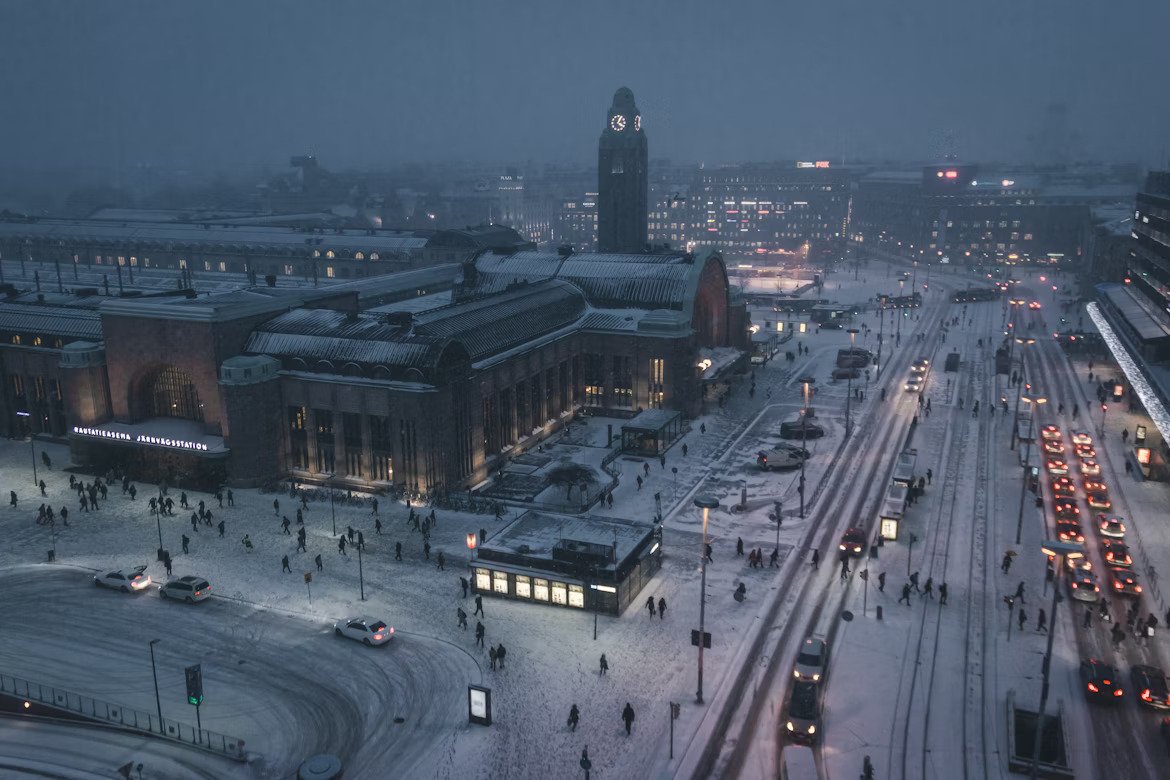
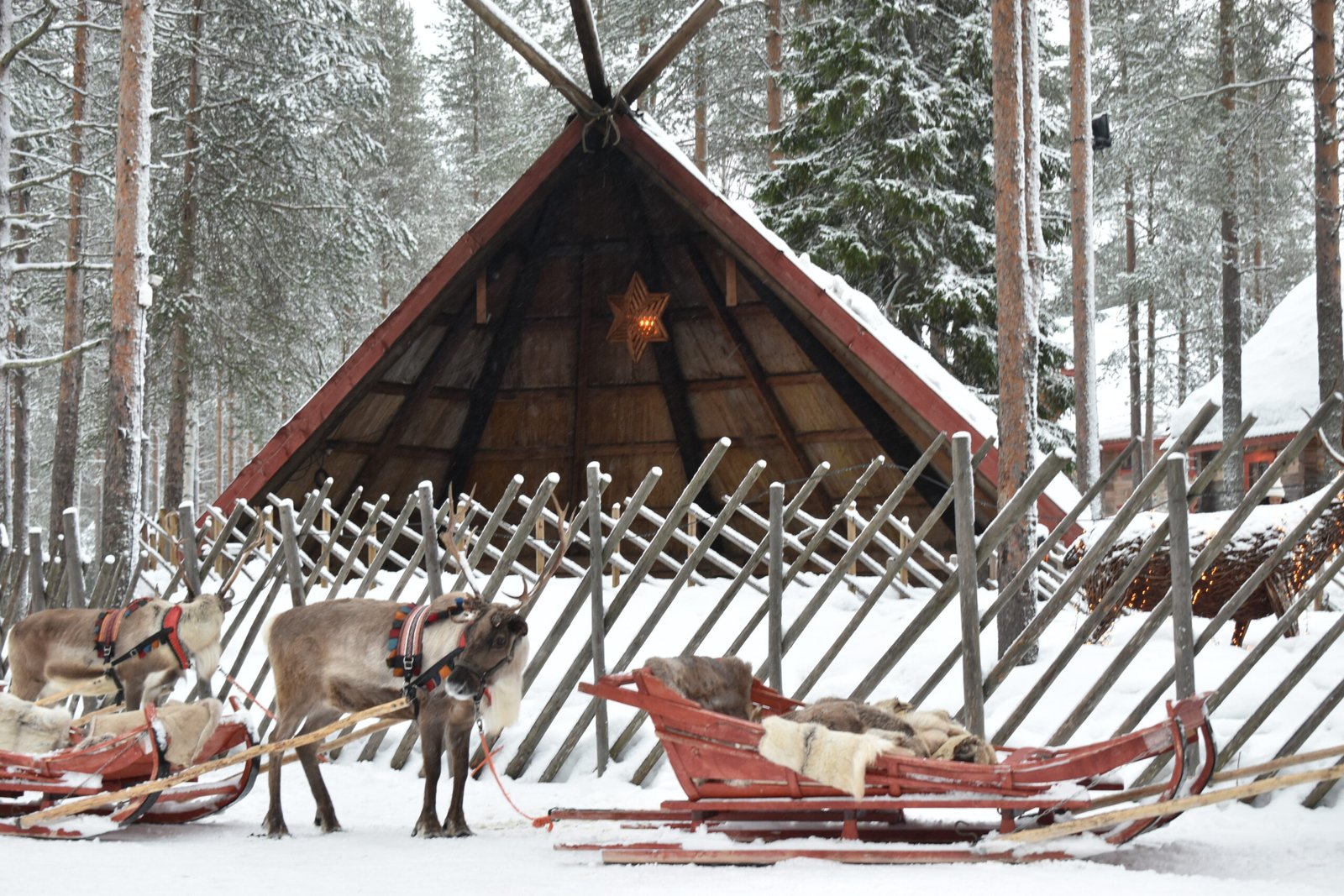
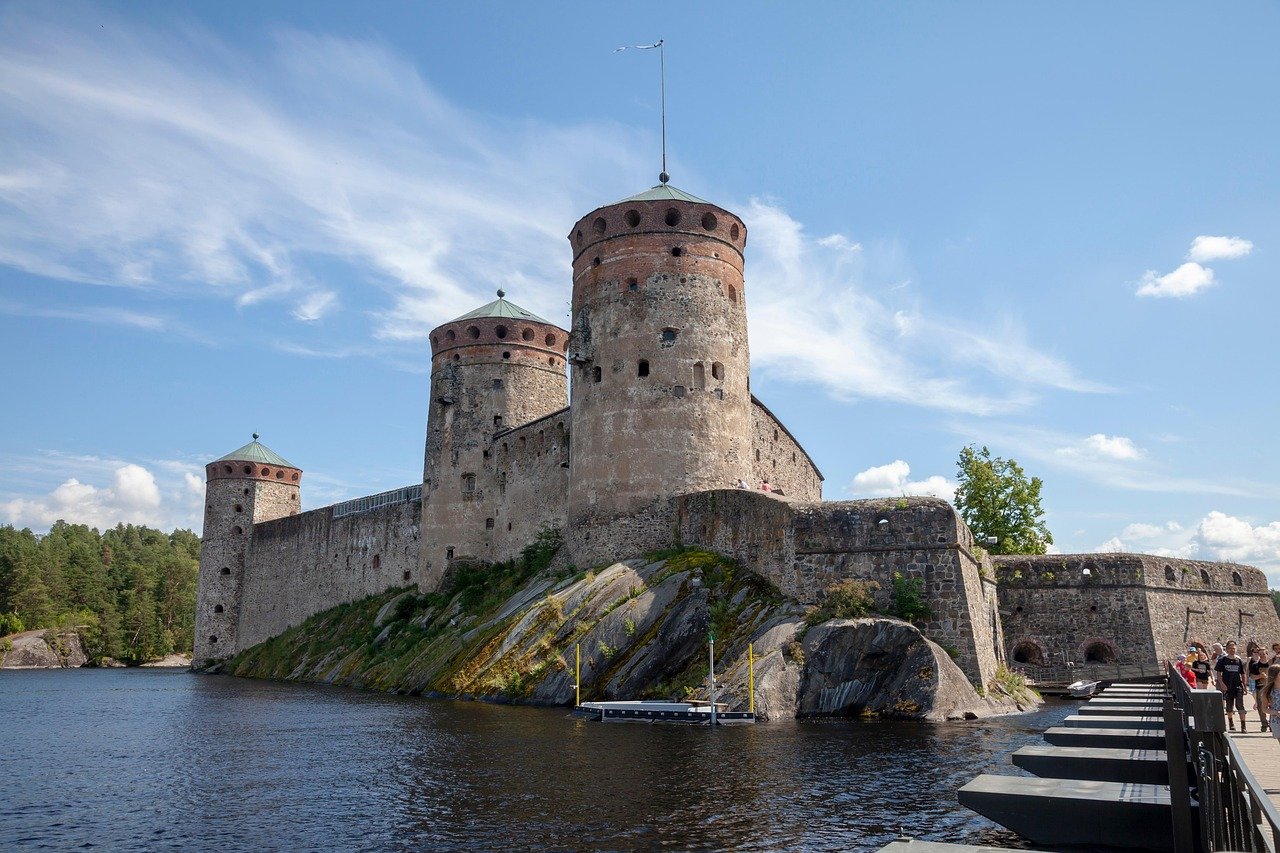
Bucket List Destinations Across Finland

Helsinki
Finland’s vibrant capital, Helsinki blends modern Nordic design with Baltic sea breezes and centuries of history. Wander through neoclassical architecture at Senate Square, explore Suomenlinna Sea Fortress, or hop on a scenic tram ride past Art Nouveau streets and waterfront saunas. With cutting-edge cuisine, creative districts, and long summer nights or snowy winter magic, Helsinki is a stylish and welcoming Nordic escape.
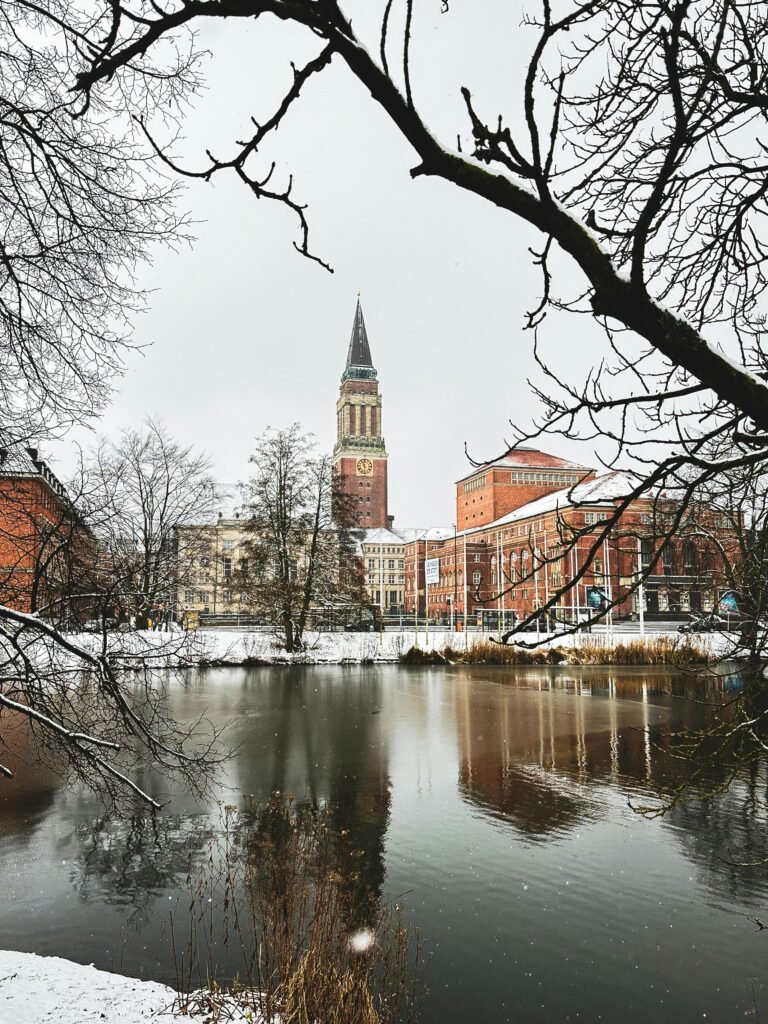
Turku
Once the capital of Finland, Turku is a charming riverside city rich in medieval history and coastal beauty. Explore the impressive Turku Castle, stroll along the Aura River, and dive into the city’s thriving café culture and maritime museums. As the gateway to the Archipelago Sea, Turku is perfect for island-hopping adventures, while its blend of old-world charm and youthful energy makes it a must-visit year-round.
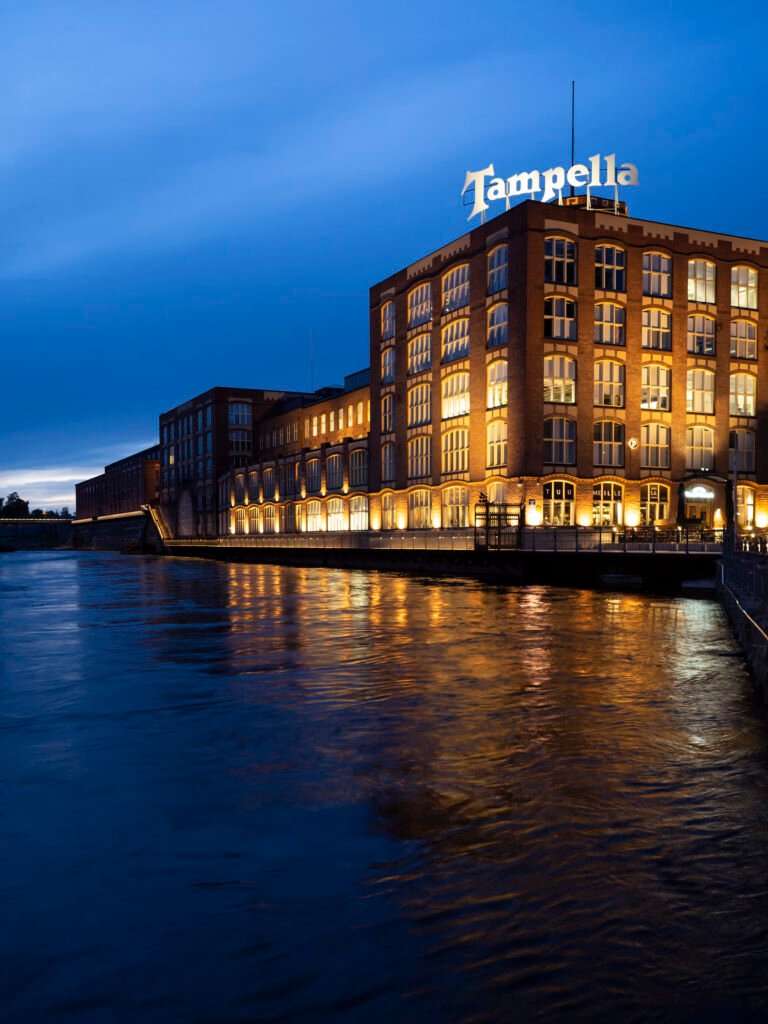
Tampere
Known as Finland’s “Manchester,” Tampere is a city shaped by its industrial past but pulsing with innovation and nature. Nestled between two vast lakes, it offers scenic views, forest trails, and quirky museums like the Moomin Museum and the world’s only Spy Museum. Birthplace of Nokia, Tampere is also a cultural hub with theaters, saunas, and a growing food scene—blending creativity, tech heritage, and Finnish soul.
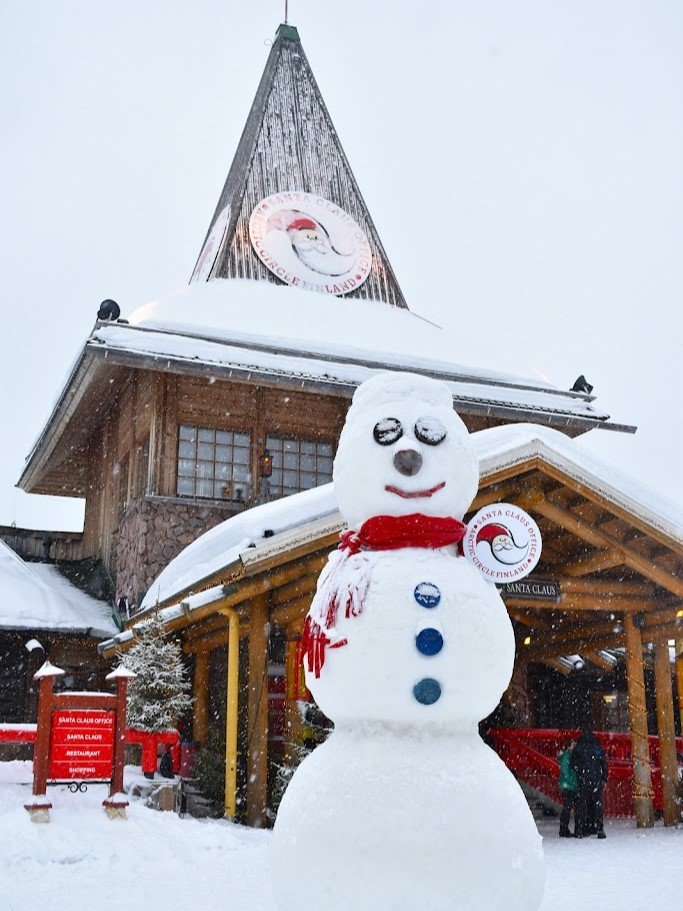
Rovaniemi
Rovaniemi, nestled on the Arctic Circle, is the official hometown of Santa Claus and a gateway to magical Lapland. Visit Santa Claus Village year-round, cross the Arctic Circle, meet reindeer, and chase the Northern Lights under snowy skies. With cozy cabins, Arctic wildlife parks, and world-class winter activities, Rovaniemi offers an unforgettable blend of festive charm and natural wonder.
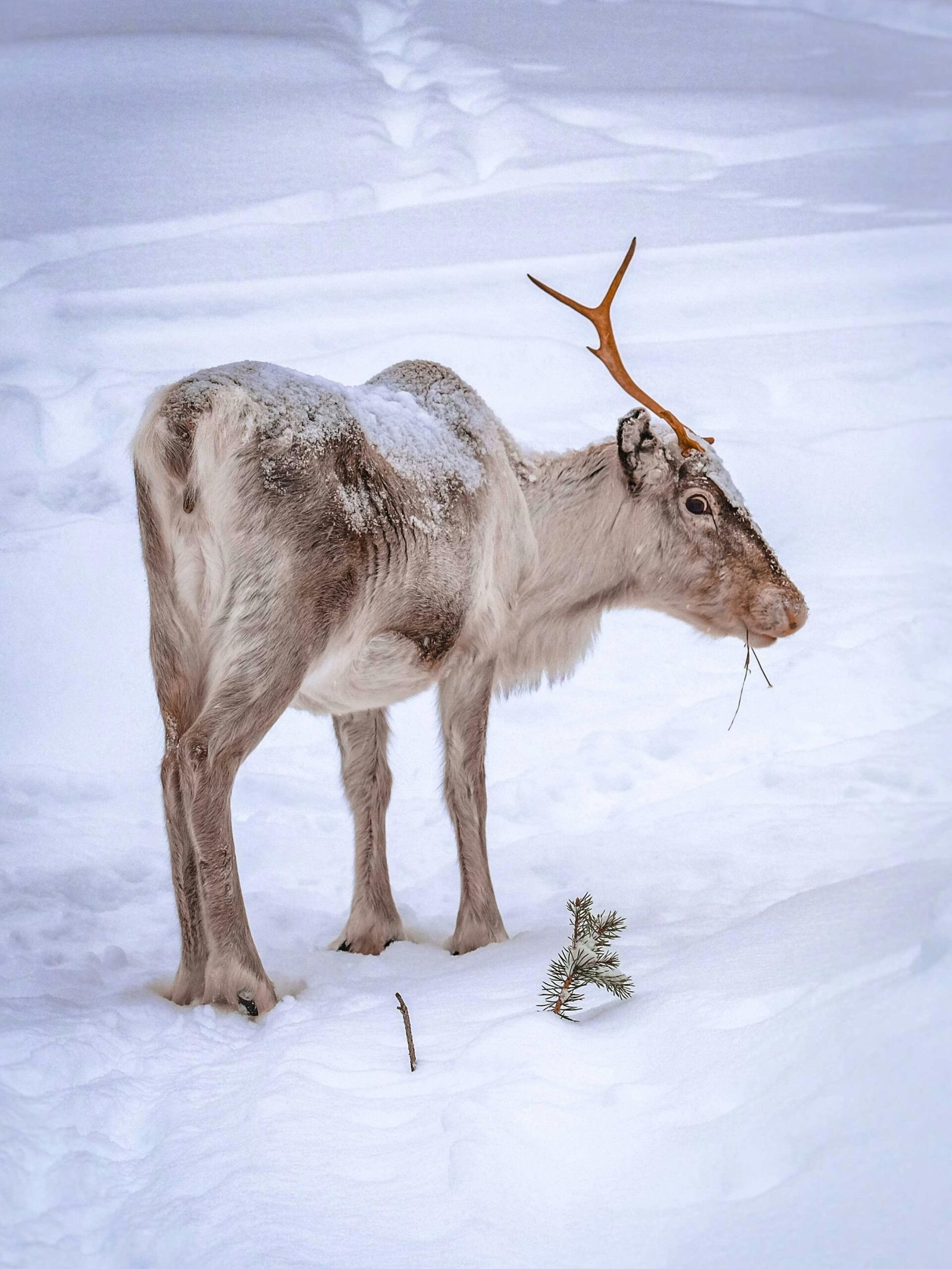
Inaari
Located deep within Finnish Lapland, Inaari is a serene wilderness destination known for its pristine nature and rich Sámi culture. Explore the vast Saariselkä fells, visit the Siida Sámi Museum to learn about indigenous heritage, and experience the magic of the Northern Lights in one of the darkest skies in Europe.

Åland
This autonomous archipelago between Finland and Sweden offers a unique blend of Nordic charm and maritime beauty. With its picturesque harbors, historic castles, and miles of biking trails, Åland is perfect for peaceful island hopping, sailing adventures, and tasting fresh local seafood.
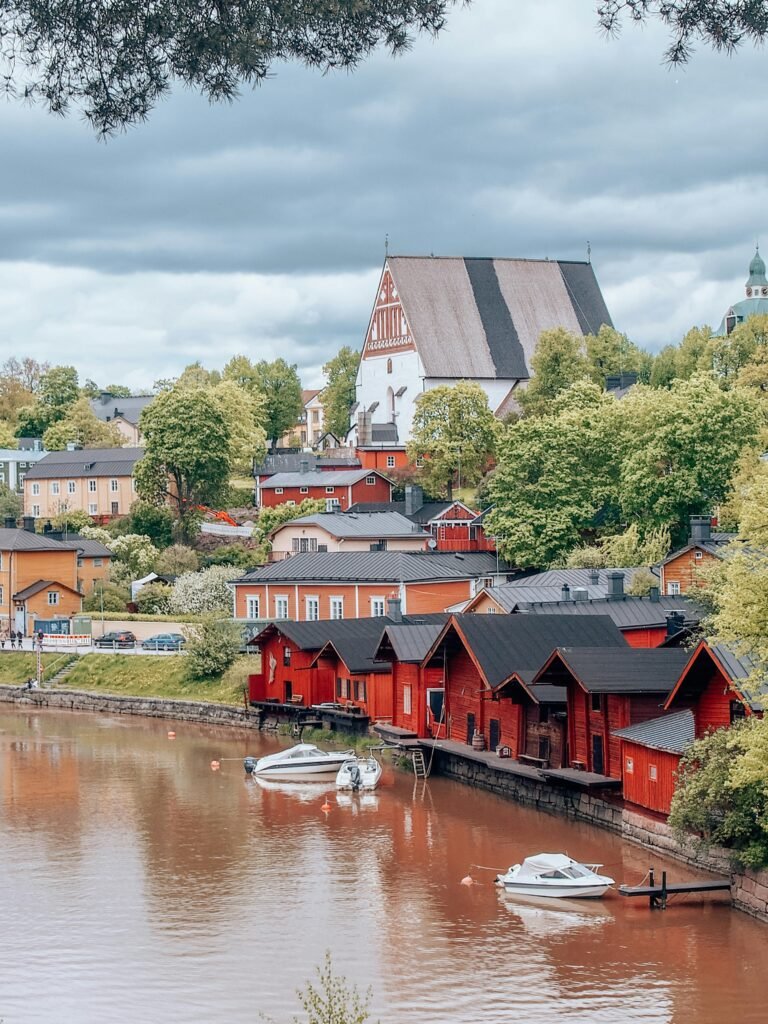
Porvoo
Just a short trip from Helsinki, Porvoo enchants visitors with its colorful wooden houses, cobblestone streets, and cozy riverside cafés. Rich in history, this charming town offers boutique shops, artisan markets, and a glimpse into Finland’s medieval past.

Oulu
A lively city on the shores of the Bothnian Bay, Oulu blends cutting-edge technology with natural beauty. Discover vibrant festivals, innovative museums, and sprawling parks, while enjoying quick access to outdoor activities like hiking and winter sports.
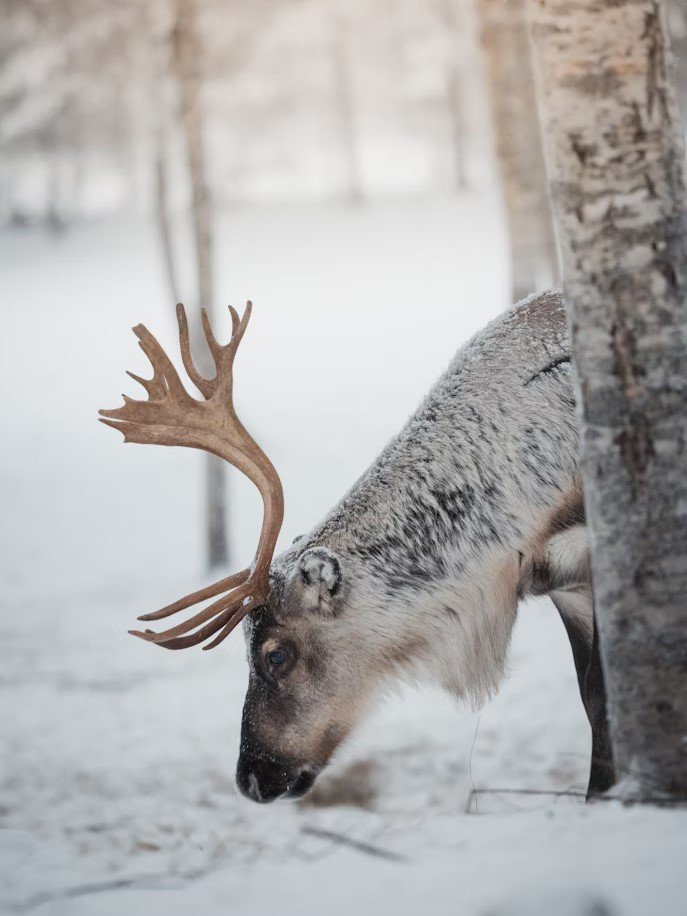
Levi, Kittila
One of Finland’s premier ski resorts, Levi is a year-round destination for adventure and relaxation. In winter, enjoy world-class skiing and snowboarding, while summer offers hiking, mountain biking, and midnight sun experiences—all set against stunning Arctic landscapes.
Emergency
The universal emergency number in Finland is 112, which connects you to police, fire, and medical services.
This number is toll-free and can be dialed from any phone, including mobiles and landlines, across the country.
For non-emergency police assistance, you can also contact the local police station directly via their specific numbers.
